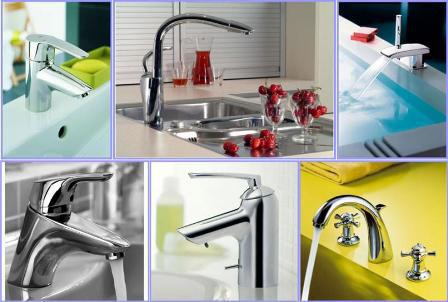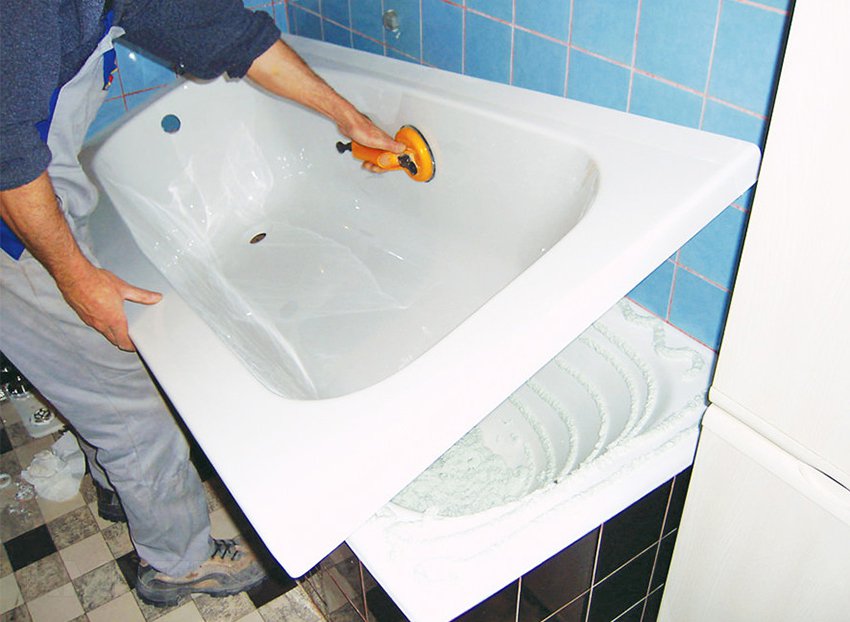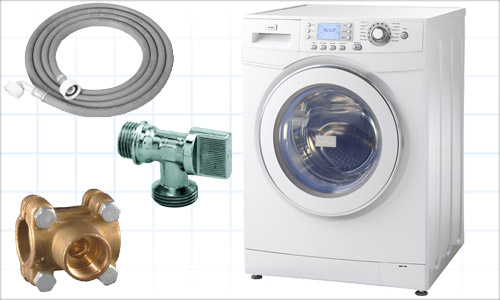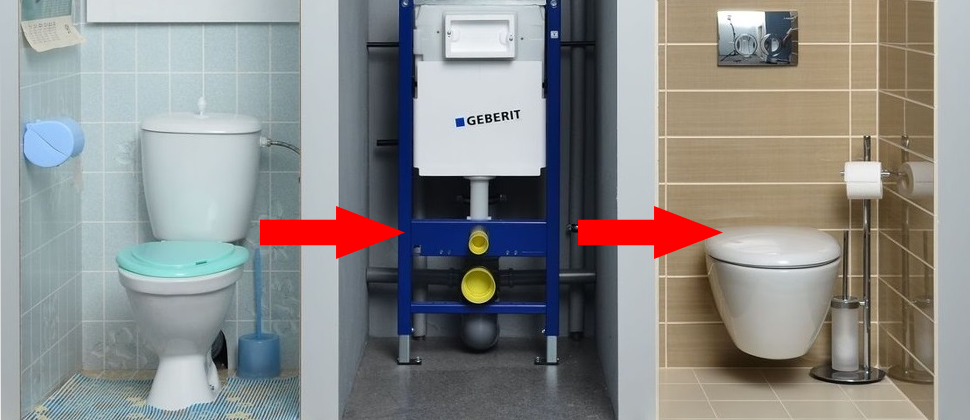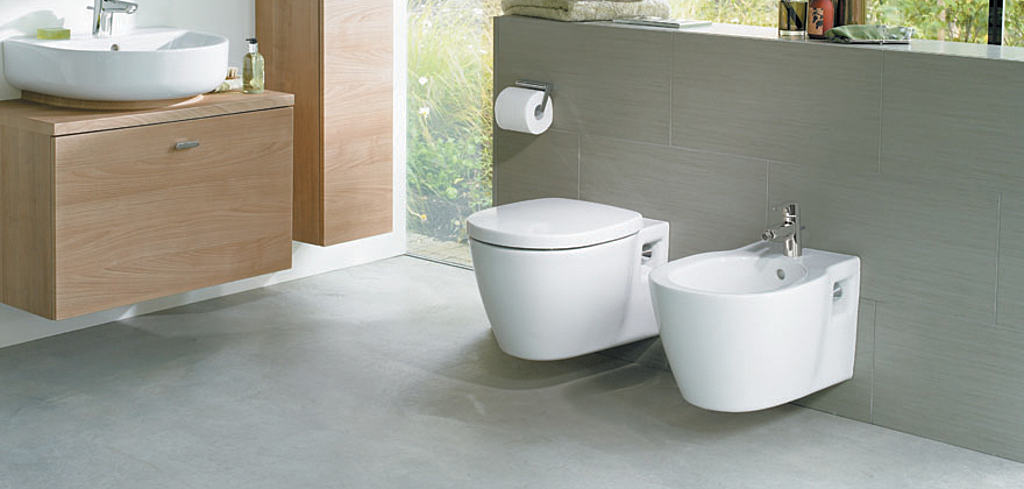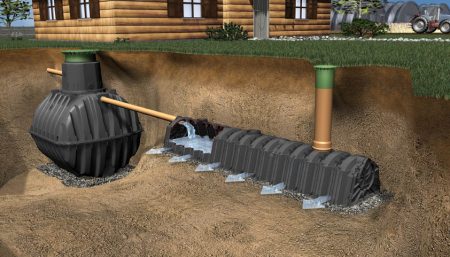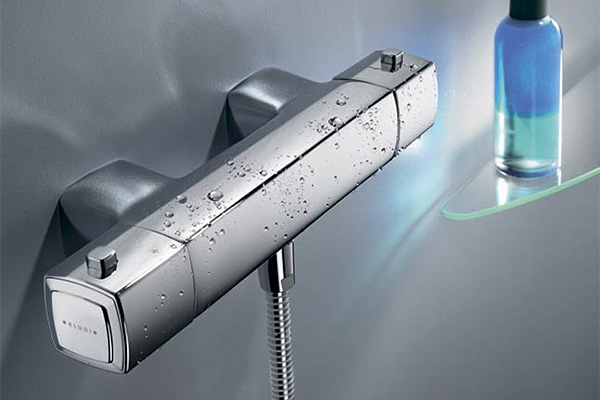Electrofusion fittings are intended for use in pressure pipelines, drinking or service water supply systems. The products are suitable for the arrangement of gas pipelines and sewerage networks, used for installation on pipes, made of low pressure polyethylene (PND). The elements themselves are also made from this material. (HDPE brand PE-100). The design is complemented by a built-in electric heater, which ensures a reliable connection of the element to the pipe by means of welding.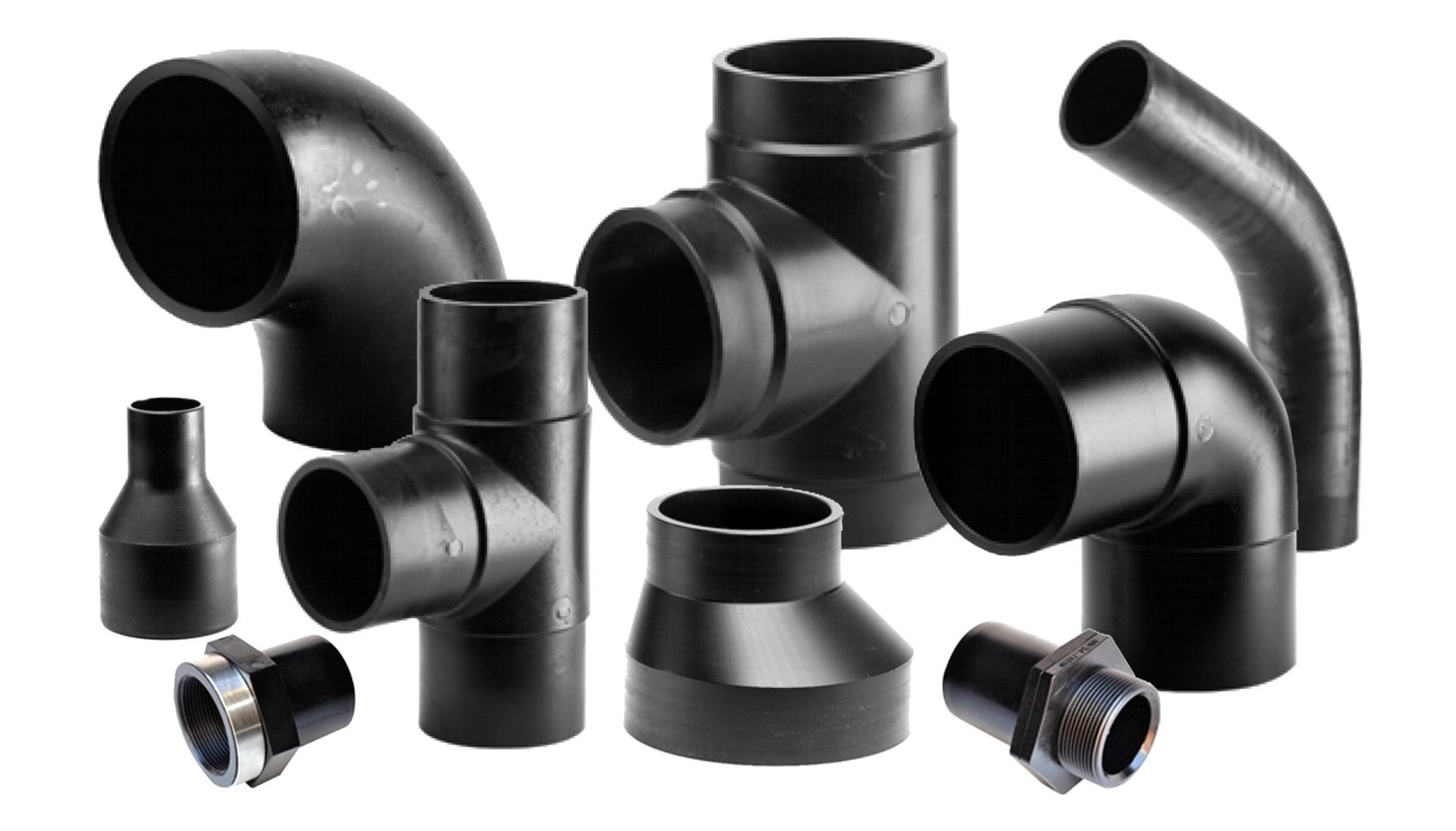
Applications
Electrofusion fittings used in the following areas:
- arrangement of plumbing systems in industry and everyday life;
- creation of highways, designed to move gas;
- laying of sewer networks;
- highway construction, for the transportation of chemical compounds (those, to which HDPE is inert).
Features of electrofusion fittings:
- Suitable for joining polyethylene products with a diameter 20 mm to 40 cm.
- Can be used at pressures from 6 to 16 atmospheres.
- Fasteners are plastic, which ensures product resistance to strong water hammer.
- Suitable for pipelines, which transport media, heated to 40⁰C.
- I can combine products from different materials (eg, polymer and metal structures).
- Suitable for use in tight spaces, at points with increased load.
- Maintain performance for 50 years old (resistant to constant freeze-thaw cycles).
The main types of electrofusion fittings:
- couplings are used to fasten two straight pipe sections;
- transitions are designed to connect pipes of different diameters;
- tees allow you to combine multiple lines or create a branch;
- bends provide reliability of fastening in places of pipeline turning;
- plugs are located at the end of the pipe to create the necessary tightness.
There are other types of these shaped elements.. You can view the full range of products on the website http://киров.мирполимеров.рф/.
Subtleties of installation
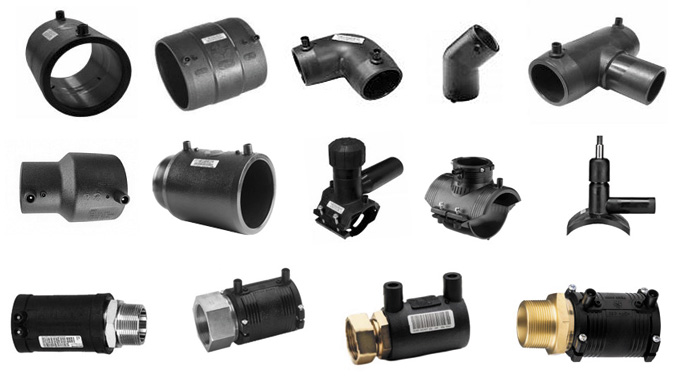 Welding equipment required to install electrofusion fittings. The works are performed in the following sequence:
Welding equipment required to install electrofusion fittings. The works are performed in the following sequence:
- The pipe is cut at right angles to the central axis. Surface cleaning in progress. For better fastening, the outer layer of polyethylene is removed using a bevelling tool.
- Welding points are marked on the ends. Fittings and welds are treated with alcohol or other grease remover.
- The pipe section is connected to the electrofusion fitting. The quality of the fit is assessed.
- Connecting the connecting element to the welding equipment. The duration of the welding process is determined automatically (for this, the device reads a barcode).
- When heated to the desired temperature, the device starts to work in passive mode. After the joint has cooled down, the device can be turned off.
After installing the electrofusion fitting, a soap solution is applied, with its help the reliability of fastening is assessed: the contact point is washed, and then air is fed into the pipe (vacuum cleaner or other means). Quality connection, if no bubbles appear on the surface.
